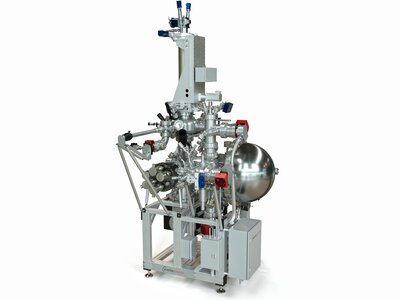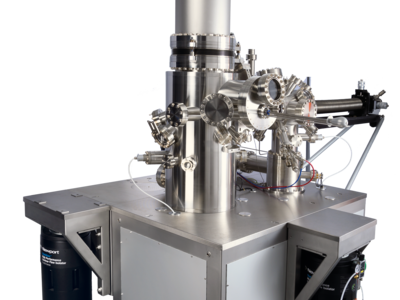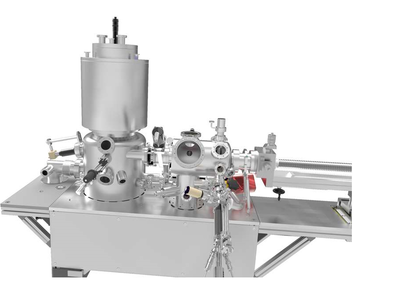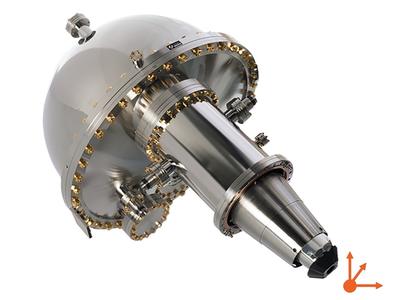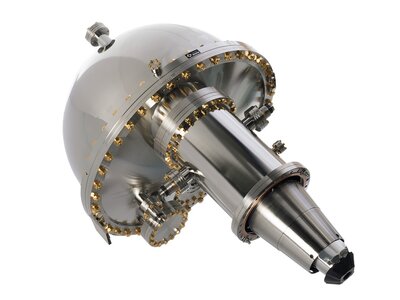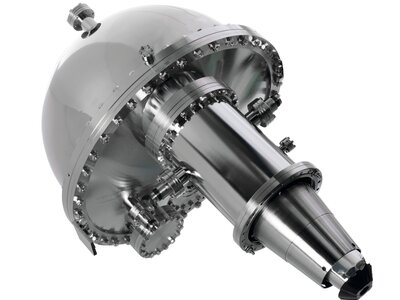Graphene has attracted large attention after single layers of graphite were isolated for the first time by Andrei Geim (Nobelprize 2010). Although graphite is a known two-dimensional layered material, the electronic structure is close to a semi metal with the valence and conduction bands touching at the Fermi level leading to a very small density of states at the Fermi level. However for a single layer of graphite, graphene, two bands with unequal symmetry cross at the Fermi level giving rise to Dirac cones (linear dispersion of electron states near the Fermi level). This property predicts an extreme high mobility of the charge carriers and is therefore of huge interest in the semiconductor technology.
Alternative(s): 2D Electron Systems, graphene, Dirac Cones, Hexagonal BN and Black Phosphorus
application-products
ARPES Lab, LT STM Lab, POLAR SPM Lab, DFS30, DA30-L-8000 and DA30-L


